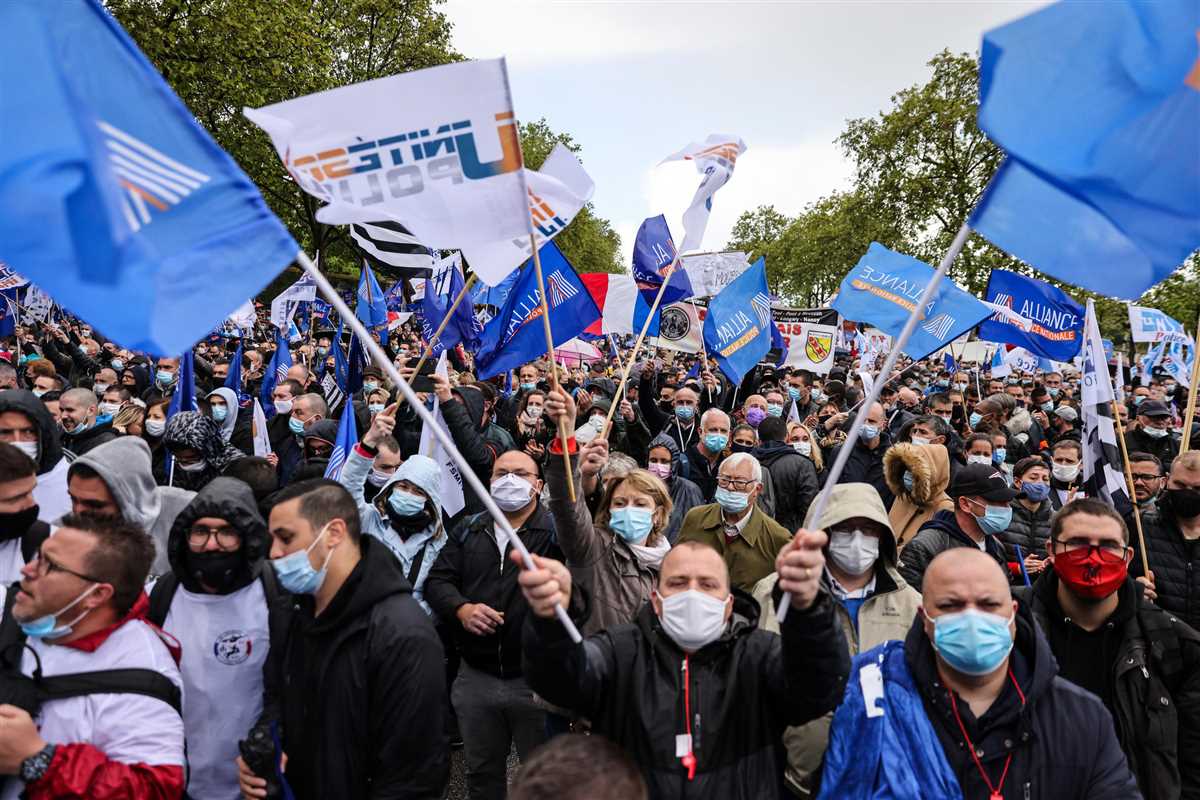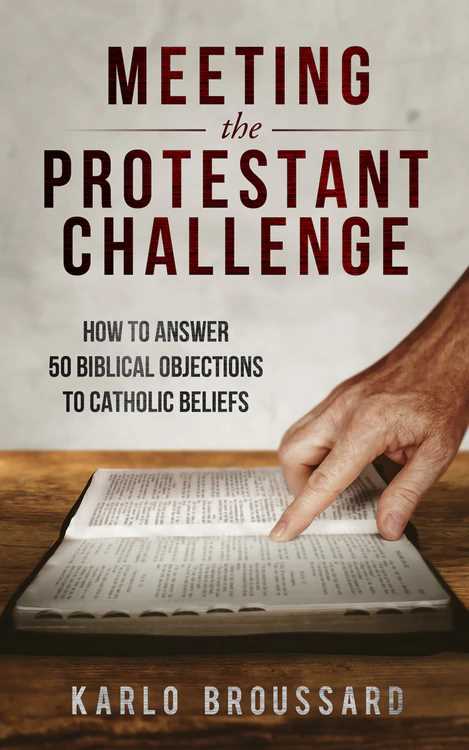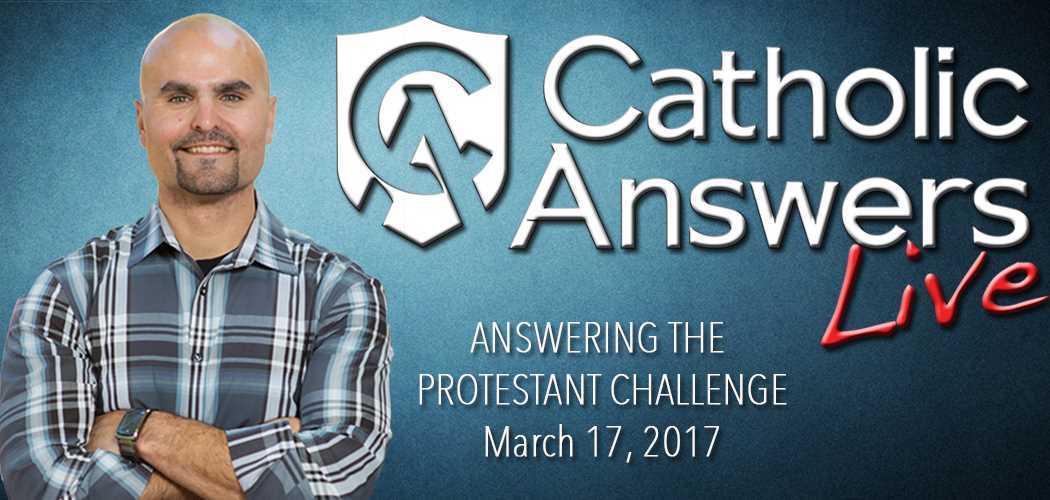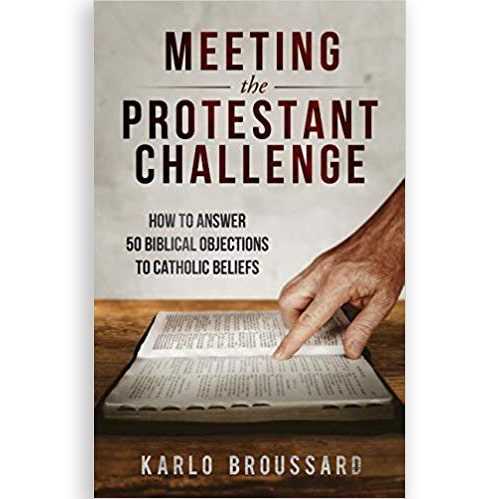
The Protestant Reformation had a profound impact on the Christian world when it first emerged in the 16th century. Led by figures such as Martin Luther and John Calvin, this movement challenged the authority of the Catholic Church and sought to bring about significant changes in religious practices and doctrines. The Reformers argued for a return to the teachings of the Bible and emphasized individual interpretation of scripture. This marked a major departure from the Catholic tradition of relying on the authority of the Pope and the Church hierarchy.
As the Protestant movement gained momentum, it presented a significant challenge to the Catholic Church. Many people were drawn to the ideas and beliefs espoused by the Reformers, finding solace in the simplicity and directness of the Protestant faith. The availability of translated versions of the Bible allowed individuals to read and interpret the sacred texts for themselves, empowering them to question the teachings of the Church.
The Catholic Church, faced with this challenge, responded in several ways. The Council of Trent, held between 1545 and 1563, sought to reaffirm Catholic teachings and address some of the criticisms raised by the Reformers. The council rejected many of the Protestant doctrines, such as the idea of salvation by faith alone and the belief in the priesthood of all believers. It emphasized the importance of clergy and the sacraments, and reinforced the authority of the Pope and the Church hierarchy.
Despite the Council of Trent’s efforts, the Protestant movement continued to grow and gained significant support in various regions of Europe. Protestantism offered a more personalized and accessible form of worship, allowing individuals to have a direct relationship with God. This appealed to many people who felt alienated by the rituals and traditions of the Catholic Church. Furthermore, the availability of vernacular translations of the Bible enabled the spread of Protestant ideas among the common people, bypassing the need for priests to interpret scripture.
In conclusion, the Protestant challenge posed a major threat to the Catholic Church during the Reformation. The movement’s emphasis on individual interpretation of scripture and rejection of certain Catholic practices attracted a large following. The Church responded with the Council of Trent, but Protestantism continued to gain momentum. This period of religious upheaval forever altered the Christian landscape, leading to the formation of different Protestant denominations and reshaping the Catholic Church.
Meeting the Protestant Challenge

The emergence of Protestantism in the 16th century posed a significant challenge to the Catholic Church. Protestant reformers like Martin Luther and John Calvin criticized many aspects of Catholic doctrine and practices, advocating for a return to the biblical foundations of Christianity. In response, the Catholic Church initiated its own series of reforms and engaged in various efforts to address the Protestant challenge.
One key response of the Catholic Church was the Council of Trent, held between 1545 and 1563. This council addressed the doctrinal and disciplinary issues raised by the Protestant reformers. It reaffirmed the authority of tradition and the importance of good works in salvation, in contrast to Protestant emphasis on faith alone. The council also aimed to reform the clergy and improve the moral standards of the Church, addressing some of the criticisms raised by the reformers.
To effectively counter Protestantism, the Catholic Church also utilized the Counter-Reformation, a movement aimed at reviving and strengthening Catholicism. This included the establishment of new religious orders, such as the Jesuits, who played a crucial role in promoting Catholic education and engaging in missionary activities. The Catholic Church also sought to regain the loyalty of its followers through various means, including the use of art and architecture to create a sense of awe and wonder, as well as the active promotion of devotional practices, such as the veneration of saints and relics.
In addition to internal reforms, the Catholic Church also addressed the Protestant challenge through theological debates and writings. Catholic theologians engaged in extensive polemics with Protestant reformers, seeking to defend Catholic doctrine and practices. They emphasized the authority of the Pope and the Church hierarchy, the belief in the real presence of Christ in the Eucharist, and the importance of sacraments. The Council of Trent also produced detailed decrees and canons that clarified and reaffirmed Catholic teachings, providing a clear response to the challenges raised by Protestant reformers.
Understanding the Protestant Movement

The Protestant movement emerged in the 16th century as a response to the perceived corruption and doctrinal issues within the Roman Catholic Church. Led by reformers such as Martin Luther, John Calvin, and Huldrych Zwingli, the movement sought to challenge the authority and teachings of the Catholic Church and promote a more direct relationship with God based on scripture.
Key to understanding the Protestant movement is recognizing the central tenets that set it apart from Catholicism. The movement emphasized the concept of salvation by faith alone, rejecting the Catholic belief in the necessity of good works for salvation. Protestants emphasized the authority of the Bible as the sole source of religious truth and rejected the authority of the Pope and official tradition in interpreting scripture. They also advocated for the priesthood of all believers, rejecting the Catholic hierarchy and emphasizing the direct access to God that every individual believer has.
Through these foundational beliefs and teachings, the Protestant movement spread throughout Europe and eventually to other parts of the world. The movement brought about significant religious, social, and political changes, leading to the establishment of various Protestant denominations and the fragmentation of Christianity. Today, Protestantism remains a major branch of Christianity, encompassing a diverse range of beliefs and practices.
Key Differences Between Protestant and Catholic Beliefs

The divide between Protestantism and Catholicism has been a fundamental aspect of Christianity for centuries. While both branches of Christianity share many core beliefs, there are key differences that separate them. Understanding these differences is crucial in comprehending the context of the ongoing debate between Protestantism and Catholicism.
1. Authority and Interpretation of Scripture: One of the primary distinctions between Protestant and Catholic beliefs lies in their views on authority and interpretation of Scripture. Protestants adhere to sola scriptura, which emphasizes the Bible as the sole divine authority. They believe that individuals should interpret Scripture autonomously. In contrast, Catholics regard the Bible and Church tradition as complementary sources of authority, and they believe in the necessity of an authoritative interpretation from the Church.
2. The Role of the Church: Catholics view the Church as an essential element for salvation, believing in the doctrine of the Church as the “body of Christ.” They emphasize the role of sacraments, hierarchical structure, and the authority of the Pope. Protestants, on the other hand, prioritize the direct relationship between individuals and God, advocating for a more decentralized approach to spirituality. They often reject the need for intermediaries such as priests or the Pope.
- 3. Sacraments: While both Protestants and Catholics recognize the importance of sacraments, there are differences in the number and theological significance placed on them. Catholics have seven sacraments, including baptism, holy communion, and confession, which they believe are channels of God’s grace. Protestant denominations typically have fewer sacraments, often focusing primarily on baptism and holy communion.
- 4. Justification by Faith: Another significant difference relates to the concept of justification by faith, which played a pivotal role in the Protestant Reformation. Protestants emphasize that individuals are justified solely through faith in Jesus Christ, asserting that good works alone cannot achieve salvation. Catholics, while emphasizing the importance of faith, also believe in the necessity of good works for salvation.
In conclusion, the differences between Protestant and Catholic beliefs are multifaceted and have shaped the course of Christian history. While both groups share a commitment to Christ, the interpretation of Scripture, the role of the Church, the sacraments, and the concept of justification by faith are areas that have generated ongoing theological debates and divisions within Christianity.
Addressing Protestant Criticisms of Catholicism
Catholicism has long been a major branch of Christianity, but it has faced criticism from Protestants throughout history. Protestants have raised a number of concerns about Catholic beliefs and practices, challenging them on theological, doctrinal, and practical grounds. In order to engage in a meaningful dialogue between Catholics and Protestants, it is important to address these criticisms and provide a clear understanding of the Catholic perspective.
The Authority of the Pope: One of the main points of contention for Protestants is the authority that the Catholic Church places in the Pope. Protestants argue that this elevates the Pope to an almost infallible status, which contradicts the Protestant belief in the ultimate authority of the Bible. However, Catholics see the Pope as the successor of Saint Peter and the visible head of the Church. They believe that the Pope has the ability to infallibly define matters of faith and morality under certain circumstances, but this does not diminish the authority of the Bible.
Veneration of Mary and the Saints: Protestants often criticize the Catholic practice of veneration of Mary and the saints, arguing that it borders on idolatry. Catholics, on the other hand, see veneration as a form of respect and honor, not worship. They believe that asking for the intercession of Mary and the saints is similar to asking a friend or loved one for prayers. Catholics do not believe that these devotions take away from their devotion to God, but rather enhance it.
Other areas of criticism include the Catholic belief in the sacraments and the role of the priesthood. Protestants question the necessity of these rituals and the idea of a separate priestly class. In response, Catholics emphasize the importance of sacraments as visible signs of God’s grace and believe that the priesthood is a divinely ordained institution that allows for the continued celebration of these sacraments.
Overall, addressing Protestant criticisms of Catholicism requires open and respectful dialogue between the two groups. It is important for both sides to listen to and understand each other’s perspectives, acknowledging the fundamental differences in beliefs and practices. By engaging in this dialogue, Catholics and Protestants can promote mutual understanding and respect, fostering a greater unity within the Christian faith.
Reaffirming the Authority of the Catholic Church
The Catholic Church faced a formidable challenge during the Protestant Reformation, but it stood firm in reaffirming its authority. The Church asserted its position as the sole interpreter of scripture, upholding the primacy of the Pope and the teachings of the Magisterium. It emphasized the importance of tradition and sacraments, rejecting the individualistic interpretation of scripture promoted by the Protestants.
One of the key ways the Catholic Church reaffirmed its authority was by holding the Council of Trent from 1545 to 1563. This council addressed the issues raised by the Protestants and provided clear definitions on matters of doctrine and practice. It reaffirmed the seven sacraments and clarified the doctrine of justification, asserting that faith and works were both necessary for salvation. The decrees of the Council of Trent solidified Catholic teaching, leaving no room for interpretation or deviation.
The Catholic Church also focused on educating its clergy and laity to combat the Protestant challenge. It established seminaries and universities to ensure that its priests were well-educated and knowledgeable in scripture and theology. It also promoted the role of religious orders in serving the Church and its members. The Counter-Reformation saw the rise of notable saints and theologians, such as Saint Ignatius of Loyola and Saint Teresa of Avila, who played a vital role in reaffirming Catholic teachings.
Furthermore, the Catholic Church sought to strengthen its authority by establishing the Index of Prohibited Books. This list, created in 1559, aimed to safeguard Catholic doctrine by banning and censoring books that were deemed heretical or dangerous. The Index served as a means of preventing the spread of Protestant ideas and promoting orthodoxy within the Church.
In conclusion, the Catholic Church faced the Protestant challenge head-on by reaffirming its authority through the Council of Trent, education, and control over what was considered acceptable literature. By doing so, the Church was able to assert its position as the true guardian of Christian truth and to assert its ongoing relevance and legitimacy in face of the Protestant Reformation.
Strengthening the Catholic Community in the Face of Protestantism
Protestantism emerged as a significant challenge to the Catholic Church during the Reformation in the 16th century. With the rise of figures like Martin Luther and John Calvin, many individuals started questioning the authority and practices of the Catholic Church. This led to a divide within the Christian community and posed a threat to the Catholic faith. However, the Catholic Church responded to this challenge by implementing various strategies to strengthen its community and maintain its influence.
One of the key strategies adopted by the Catholic Church was the Council of Trent. This council, held between 1545 and 1563, addressed the concerns raised by the Protestant reformers and reaffirmed Catholic doctrines and practices. It emphasized the importance of the sacraments, the authority of the pope, and the role of good works in salvation. The Council of Trent also highlighted the need for proper education of the clergy and the laity, with an emphasis on establishing seminaries and providing comprehensive religious education.
- Reasserting Catholic Doctrine: The Council of Trent reaffirmed Catholic beliefs and practices, addressing many of the criticisms raised by the Protestant reformers.
- Education and Formation: The Catholic Church recognized the importance of educating both the clergy and the laity to counter the influence of Protestant teachings. Seminaries were established to train priests, and efforts were made to promote religious education among the general population.
- Missionary Work: To counter the spread of Protestantism, the Catholic Church invested in missionary work around the world. Missionaries were sent to regions where Protestants had gained influence, in order to reaffirm Catholic doctrines and practices.
- Revitalizing Catholic Practices: The Catholic Church made efforts to emphasize the importance of the sacraments, the Eucharist, and devotion to saints in order to strengthen the faith of its followers.
In conclusion, the Catholic Church responded to the challenge of Protestantism by reasserting its doctrine, investing in education and formation, engaging in missionary work, and revitalizing Catholic practices. These strategies helped strengthen the Catholic community in the face of the Protestant challenge and maintain its role as a guiding force in the Christian world.
Promoting Dialogue and Unity between Protestants and Catholics
The divide between Protestants and Catholics has been a significant issue in the history of Christianity. However, in recent years, there has been a growing movement towards promoting dialogue and unity between these two branches of the faith.
One of the main goals of promoting dialogue and unity is to foster understanding and respect between Protestants and Catholics. By engaging in open and respectful conversations, individuals from both traditions can learn about each other’s beliefs and practices, debunking misconceptions and stereotypes.
Engaging in ecumenical initiatives
One effective way to promote dialogue and unity is through ecumenical initiatives. These initiatives bring together representatives from Protestant and Catholic churches to discuss common theological ground and find areas of agreement. Through dialogue, participants can identify shared values and beliefs, paving the way for greater unity.
Encouraging joint worship and prayer
Another important aspect of promoting unity is encouraging joint worship and prayer. By coming together in worship, Protestants and Catholics can experience firsthand the commonality of their faith, focusing on shared beliefs rather than differences. Joint prayer sessions can also be a powerful way to foster unity and strengthen the bond between these two communities.
Creating opportunities for learning and education
Education plays a crucial role in promoting understanding and unity. Organizing workshops, conferences, and seminars that focus on interfaith dialogue can provide individuals from both traditions with the opportunity to learn about each other’s faith in a structured and supportive environment. These educational initiatives can help dispel misunderstandings and build bridges between Protestants and Catholics.
Recognizing the importance of interfaith dialogue
Acknowledging the importance of interfaith dialogue is key to promoting unity between Protestants and Catholics. Leaders from both traditions need to actively encourage their communities to engage in dialogue and foster an atmosphere of respect and acceptance. Recognizing that there is more that unites than divides them can be a significant step towards achieving unity.
In conclusion
Promoting dialogue and unity between Protestants and Catholics is crucial for fostering greater understanding and respect. By engaging in ecumenical initiatives, encouraging joint worship, creating opportunities for learning and education, and recognizing the importance of interfaith dialogue, we can bridge the divide and work towards a more unified Christian community.